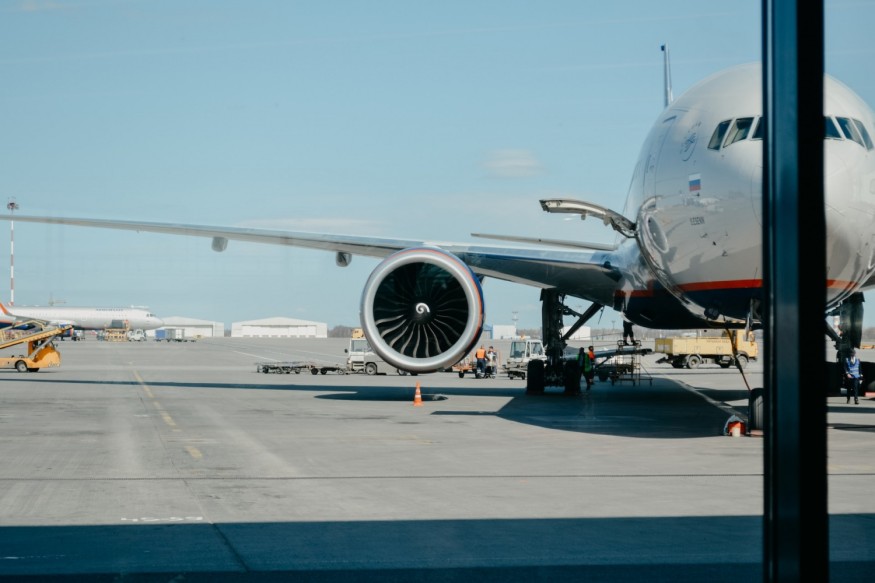
The aviation industry contributes significantly to global warming and climate change by emitting greenhouse gasses. It is estimated that the aviation industry is responsible for about 2-3% of global carbon dioxide emissions. If you think about it, that is a huge amount. Although no one can deny the benefits of air travel, the steady growth of air travel has raised global concerns about its environmental impacts.
The main culprit in aviation is the reliance of aircraft on fossil fuels. Just because of fossil fuels, the aviation industry is unable to reduce its emissions and its environmental impact. Fortunately, in the past few years, there have been collective efforts in the aviation industry to achieve net-zero emissions.
Although achieving net zero in the upcoming few years doesn't seem possible due to the various challenges that stand in the way, the commitment of the aviation industry to sustainability has paved the way for various solutions that will reduce the environmental impact of the industry. Let's briefly explore the pathway to achieving aviation net-zero emissions and discuss the measures taken by the aviation industry to reduce its environmental impact.
Technological Innovations
There have been major technological advancements made in the aviation industry, which shows that in the future, the industry will achieve net-zero emissions. Technological advancements such as electric aircraft and hybrid propulsion systems hold promise for decarbonizing aviation and reducing the carbon footprint. These technologies, currently being developed and tested, will reduce the industry's dependence on fossil fuels.
In small aircraft categories, electric planes have made notable progress, whereas hybrid systems are under exploration for larger and commercial aircraft.
Sustainable Aviation Fuel
Another major development that would reduce carbon footprints and emissions is sustainable aviation fuel. Sustainable aviation fuel is a biofuel used to power aircraft and has properties similar to conventional jet fuel but with a smaller carbon footprint. Sustainable aviation fuel can reduce CO2 emissions by up to 80% and can be produced from various materials, including waste oil and fats, green and municipal waste, and non-food crops.
Sustainable aviation fuel is being implemented on a small scale by various airlines, including Southwest Airlines. However, challenges such as scalability and cost prevent it from being implemented on an industry-scale level.
Sustainable Infrastructure
The pathway to achieving aviation net-zero emissions by 2050 also includes sustainable infrastructure. Sustainable infrastructure can play a major role in reducing emissions from the aviation industry. For this purpose, airports worldwide are adopting different measures, such as energy-efficient terminals, utilizing renewable energy sources, and implementing smart building design, to reduce their environmental footprint, as these aforesaid measures significantly contribute to emissions reductions.
In addition, airports are also integrating renewable energy sources into their operations, such as solar panels, to further enhance their sustainability efforts. Furthermore, airports are also transitioning to electric and hybrid vehicles for ground transportation to minimize emissions on the ground.
Improved Operational Efficiency
Improved operational efficiency is also crucial to reducing emissions in the aviation industry. Measures have been taken by the industry to improve various operations, such as optimizing flight routes, reducing taxiing time, and enhancing air traffic management systems, which can lead to substantial fuel savings.
Additionally, the implementation of technologies like Performance-Based Navigation (PBN) and Continuous Descent Approach (CDA) allows for more direct and fuel-efficient routes. Furthermore, collaborative efforts between various air control organizations can streamline operations and reduce fuel consumption and emissions.
Collaborative Efforts and Partnerships
The pathway to achieving net-zero emissions in aviation isn't complete without collaboration between various stakeholders, including governments, airlines, aircraft manufacturers, and international organizations, who must work together to reduce emissions. These partnerships should focus on the research and development of sustainable technologies, along with sharing best practices and knowledge.
An example of such a partnership is the Sustainable Aviation Fuel Users Group (SAFUG), which was formed in September 2008. It has 25 members, including United Airlines. The objective of SAFUG is to accelerate the development and commercialization of sustainable alternative fuels for aviation. Such collaborations are required on a large scale to accelerate the transition to a sustainable aviation sector.
Policy and Regulatory Measures
The pathway to achieving aviation net-zero emissions also involves various policies and regulations. These policies and regulations play a crucial role in driving the aviation industry to achieve net-zero emissions. These include international agreements like the Carbon Offsetting and Reduction Scheme for International Aviation (CORSIA), which aim to offset emissions growth and promote carbon-neutral growth. These policies and regulations encourage airlines to invest in cleaner technologies and sustainable practices to reduce emissions.
© 2025 NatureWorldNews.com All rights reserved. Do not reproduce without permission.





